Introduction
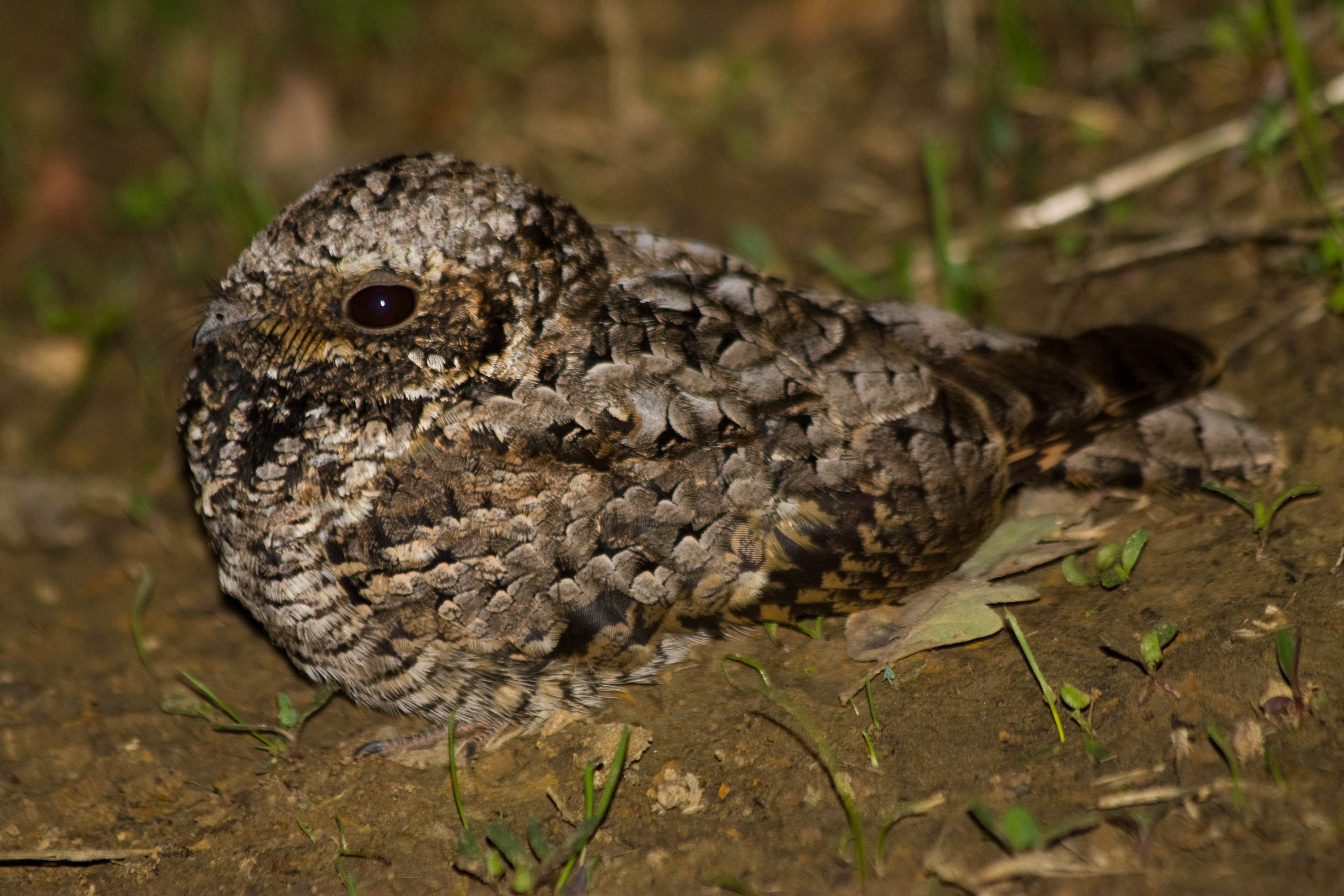
A state bird serves as an official representative of a particular state, symbolizing its unique identity. Chosen based on cultural significance, historical importance, or connection to the natural environment, these avian ambassadors instill pride and can be found on emblems, flags, and official documents.
Before we dive into the details of Washington State’s feathered icon, let’s take a moment to appreciate the allure of this captivating region.
Overview of Washington State and Its Attractions
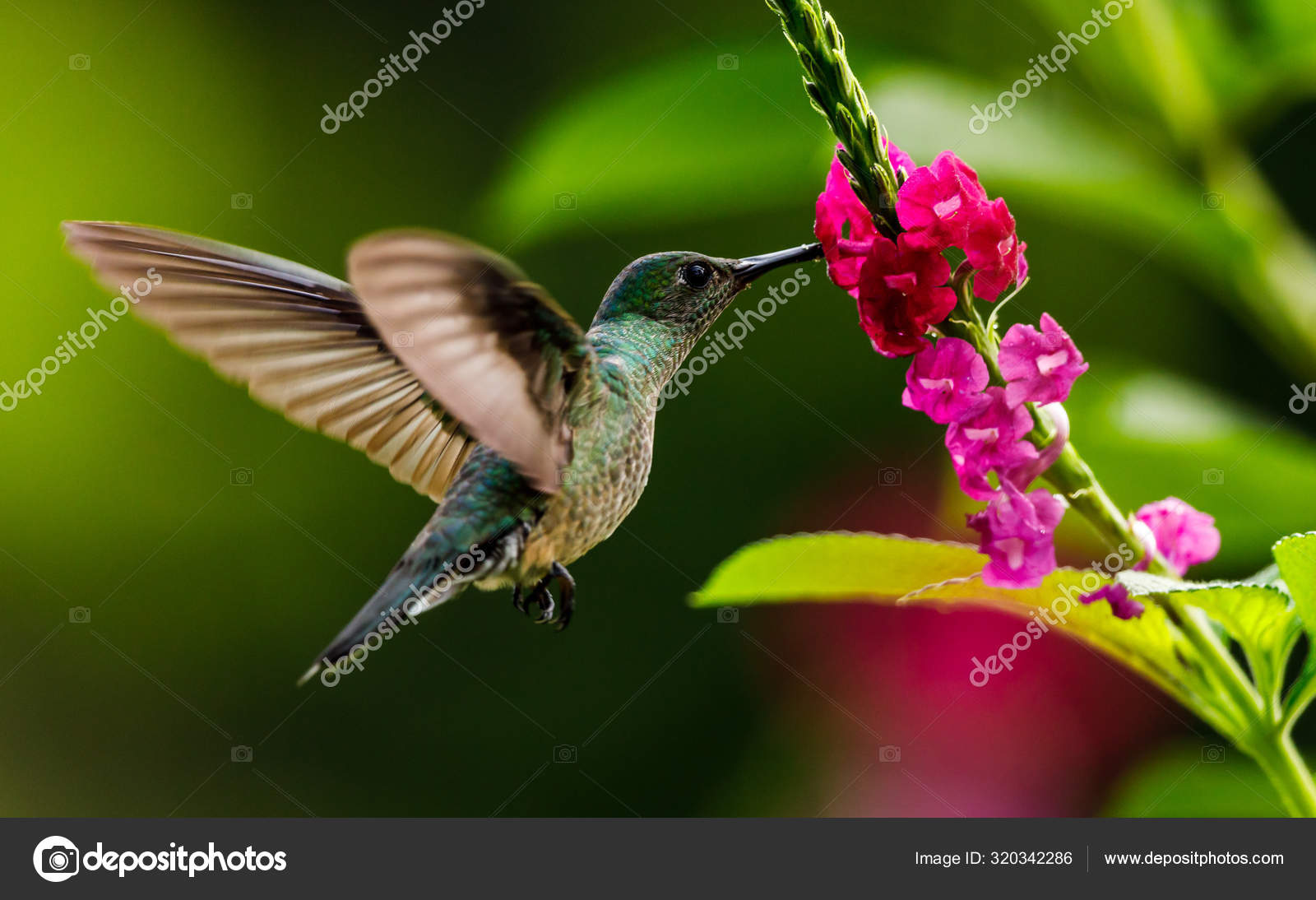
Nestled in the captivating Pacific Northwest, Washington State offers a diverse landscape that captivates visitors and residents alike. From the majestic Cascade Mountains to the breathtaking Pacific coastline, and from verdant forests to shimmering lakes, this state showcases a remarkable range of natural wonders.
Seattle, the state’s largest and most recognizable urban hub, takes the spotlight with its thriving arts scene, pioneering technology companies, and picturesque waterfront. It serves as a gateway to a world of exploration and adventure.
Beyond the bustling cities, Washington State is home to captivating destinations that showcase its awe-inspiring beauty and cultural heritage.
Mount Rainier National Park
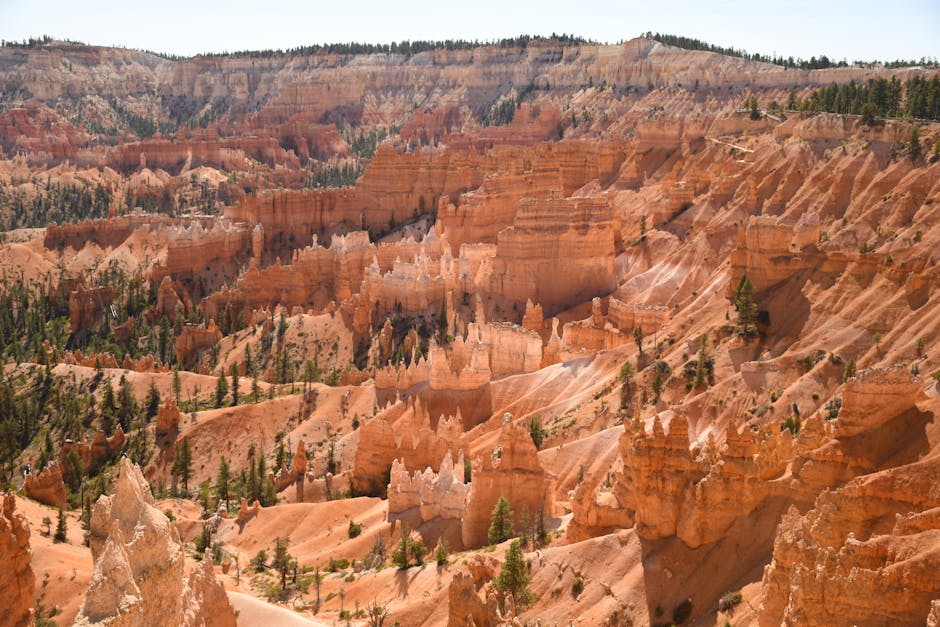
At the heart of Washington stands Mount Rainier National Park, a natural marvel encompassing the towering Mount Rainier. This majestic stratovolcano, reaching a staggering height of 14,411 feet (4,392 meters), offers diverse ecosystems, from subalpine meadows to ancient forests, for wildlife and outdoor enthusiasts.
Olympic National Park

To the west, Olympic National Park awaits with its enchanting wilderness. This vast expanse encompasses rugged mountains, temperate rainforests, and stunning coastal areas. Explore the Hoh Rain Forest, trek Hurricane Ridge, or revel in the coastal splendor of Ruby Beach. Olympic National Park offers a captivating escape into nature.
Space Needle
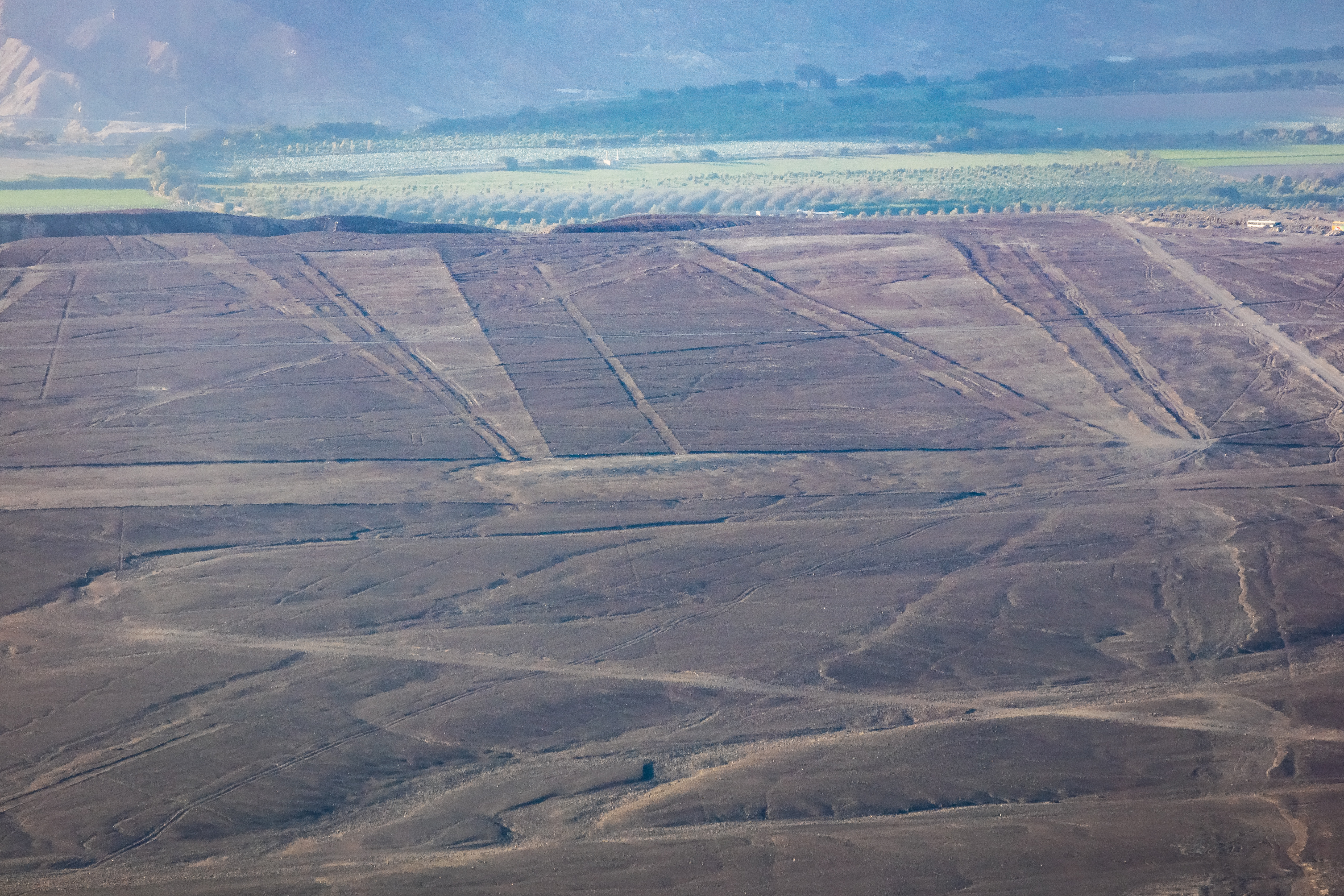
No visit to Washington State is complete without a stop at Seattle’s iconic Space Needle. Rising 605 feet (184 meters) above the city, this architectural marvel provides breathtaking panoramic views of the skyline, Elliott Bay, and surrounding mountains. It symbolizes human ingenuity and innovation.
Pike Place Market

Immerse yourself in the vibrant energy of Seattle’s historic Pike Place Market. Since 1907, this bustling marketplace has been a beloved gathering place. Enjoy fresh produce, discover local artisans, and witness the lively “fish-throwing” tradition. Pike Place Market offers a delightful glimpse into the city’s cultural fabric.
Washington State Ferries

Navigating the picturesque waters of Puget Sound, the Washington State Ferries constitute the largest ferry system in the United States. These iconic vessels offer a unique and scenic mode of transportation, allowing passengers to appreciate the region’s natural beauty from a refreshing perspective.
As we explore Washington State’s avian ambassador, remember that its significance extends beyond feathers. It represents a deep connection to the land, a celebration of heritage, and a symbol of the natural wonders that define this remarkable region. Join us as we uncover the captivating story of the Washington State Bird, a creature that embodies the essence of this remarkable state.
History of the Washington State Bird
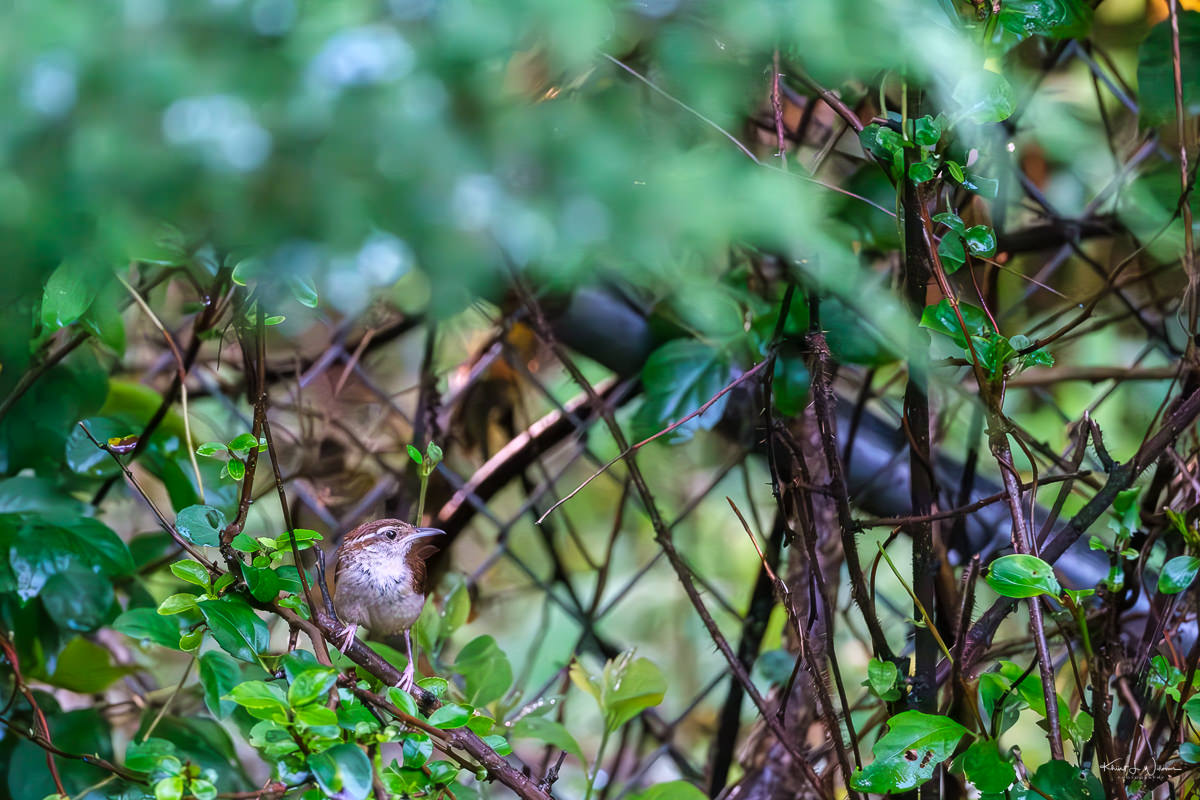
The American Goldfinch (Spinus tristis) holds a significant place in the history and culture of Washington State. In 1951, it was officially designated as the state bird following a campaign led by the Washington Federation of Women’s Clubs. The campaign aimed to raise awareness about the need for a state bird and promote the American Goldfinch as a suitable candidate.
Native to North America, the American Goldfinch, also known as the Eastern Goldfinch or Wild Canary, is a beloved bird species in Washington. Its distinctive bright yellow plumage and melodic song can be found throughout the state, from urban gardens to rural meadows and woodlands.
Reasons for its selection

The American Goldfinch was selected as the Washington State Bird for several compelling reasons. Its prevalence and widespread distribution within the state played a significant role. The bird’s adaptability allows it to thrive in diverse habitats, making it a familiar sight to residents and visitors alike. Whether fluttering through gardens or perched on a sunflower, the American Goldfinch has become synonymous with Washington’s natural beauty.
The vibrant yellow plumage of the American Goldfinch also played a crucial role in its selection. The bird’s bright colors symbolize Washington’s sunny and optimistic character, representing the spirit of the people and the cheerful nature of the region.
Additionally, the American Goldfinch’s resilience and adaptability were considered important factors. It can withstand harsh weather conditions, including cold winters and hot summers, making it a true survivor in Washington’s ever-changing climate. Its ability to thrive in different environments reflects the state’s diverse landscapes, from the coastal regions to the mountainous areas.
Another aspect that contributed to the American Goldfinch’s selection is its delightful song. The bird’s melodic and cheerful notes add to the enchantment of Washington’s natural surroundings. Its song can often be heard during the spring and summer months when the bird is most active and vocal.
Furthermore, the American Goldfinch plays a vital role in pollination, inadvertently assisting in the dispersal of pollen as it feeds on seeds and nectar from various plants. This ecological significance further solidified the American Goldfinch as a fitting representative of Washington’s natural heritage.
In conclusion, the American Goldfinch was chosen as the Washington State Bird due to its prevalence, vibrant appearance, adaptability, delightful song, and ecological importance. It serves as a proud symbol of Washington’s natural beauty, resilience, and sunny character, reflecting the deep appreciation and connection that Washingtonians have with their local wildlife and environment.
Characteristics of the Washington State Bird

Physical Description
The American Goldfinch is a small songbird renowned for its distinctive appearance. During the breeding season, the male American Goldfinch dons a vibrant yellow plumage, complemented by a striking black cap and black wings adorned with white markings. As winter approaches, the male’s feathers transition to a paler shade of yellow, losing some of their brilliance. In contrast, the female American Goldfinch maintains a more subdued appearance year-round, featuring olive-brown feathers with touches of yellow on the breast and wings. Both males and females possess a unique flight pattern characterized by a bouncy, undulating movement.
Habits and Behavior
Known for its acrobatic and sociable nature, the American Goldfinch exhibits fascinating habits and behaviors. These birds can often be observed in small flocks, particularly during the non-breeding season when they congregate in search of food and safety. Seed-eating is a primary aspect of their diet, and they consume a varied selection of seeds from plants such as thistles, sunflowers, and dandelions. When feeding, American Goldfinches display a distinctive technique, clinging to seedheads and skillfully plucking the seeds with their specialized bills.
The American Goldfinch is highly vocal, frequently filling the air with its melodious warbling song during flight. This song, a joyous and vibrant melody, is a common feature of their breeding rituals and serves to attract mates. Additionally, they emit a distinct “potato-chip” call, a series of short, sharp notes that aids in communication within their flocks.
Range and Habitat
The American Goldfinch can be found in a vast range across Washington State and beyond. Its distribution covers a significant portion of North America, spanning from southern Canada to central Mexico. Within Washington State, these birds are prevalent throughout various habitats, including woodland edges, open fields, meadows, and gardens. They are particularly drawn to areas abundant in their preferred food sources, such as weedy fields and gardens with ample seed-producing plants.
The diverse landscapes of Washington State provide an ideal habitat for American Goldfinches. They are adaptable and can thrive in both rural and urban environments, often visiting bird feeders in residential areas. The availability of suitable nesting sites, with trees and shrubs that offer cover and support for their intricate nests, contributes to their successful reproduction.
By understanding the physical characteristics, habits, and range of the American Goldfinch, we can gain a deeper appreciation for this captivating and ubiquitous Washington State Bird.
4. Interesting Facts About the Washington State Bird

Unique Features
The American goldfinch (Spinus tristis), also known as the Eastern goldfinch or wild canary, possesses several distinctive characteristics:
-
Striking Plumage: During the breeding season, the male American goldfinch exhibits a vibrant yellow plumage, attracting potential mates. As winter approaches, the male’s plumage fades to a more subdued olive color, while the female maintains a year-round combination of olive and gray feathers.
-
Specialized Bill: Both male and female American goldfinches have a conical-shaped bill, perfectly adapted for efficiently feeding on seeds and grains, which form a significant part of their diet.
-
Seasonal Molt: The American goldfinch undergoes a complete molt in late summer, shedding its old feathers for a fresh set. This molting process is particularly noticeable in males as they transition from their bright yellow breeding plumage to their more muted winter colors. The ability to molt twice a year sets the American goldfinch apart from many other bird species.
Interesting Behaviors
The American goldfinch exhibits captivating behaviors that contribute to its charm and adaptability:
-
Acrobatic Flight: Renowned for their agile flight skills, American goldfinches maneuver with grace through trees and shrubs. They are often seen hanging upside down or sideways while foraging for food, showcasing their agility and ability to navigate tight spaces.
-
Distinctive Flight Pattern: The flight pattern of American goldfinches is characterized by a series of short, undulating flights followed by brief glides. These flights highlight their aerial prowess and add to their overall charm.
-
Social Behavior: American goldfinches are highly sociable creatures, frequently forming flocks, especially during the winter months when food sources become scarce. These flocks provide safety in numbers and enhance their efficiency in locating food. Observing their interactions within these groups is a fascinating sight.
Conservation and Population Status
The American goldfinch is currently classified as a species of least concern by the International Union for Conservation of Nature (IUCN). However, several conservation efforts are in place to protect and preserve their habitats:
-
Habitat Preservation: Maintaining suitable habitats is crucial for the survival of American goldfinches. Preserving diverse ecosystems, including open fields, meadows, and woodland edges, ensures the availability of nesting sites and food sources for these birds.
-
Planting Native Wildflowers: Attracting American goldfinches to gardens and providing them with essential food resources can be achieved by planting native wildflowers such as coneflowers, sunflowers, and thistles. These flowers produce seeds that are a vital part of the goldfinch’s diet.
-
Conservation Organizations: Various conservation organizations actively work to protect bird populations and their habitats. Supporting these organizations through donations or volunteering contributes to the long-term conservation of the American goldfinch and other avian species.
In conclusion, the American goldfinch, Washington State’s official bird, possesses unique features such as its vibrant plumage, specialized bill, and molting behavior. Its acrobatic flight, distinctive flight pattern, and sociable behavior add to its allure. While currently not threatened, conservation efforts through habitat preservation, native wildflower planting, and support for conservation organizations can ensure the continued presence of this captivating bird for future generations to enjoy.
For further reading and resources on the American goldfinch and avian conservation, the following sources are recommended:
The Washington State Bird serves as a reminder of the importance of preserving and appreciating the diverse bird species that enrich our natural surroundings.
Conclusion

The American Goldfinch (Spinus tristis), Washington State’s beloved bird, captivates residents and visitors alike with its vibrant plumage and cheerful song. In this concluding section, we will summarize key points about the American Goldfinch, provide recommended resources for further reading, and offer final thoughts on its importance.
Summary of the American Goldfinch
The American Goldfinch, designated as Washington’s state bird in 1951, is a delightful species that adds a touch of color to the state’s avian population. With its vibrant yellow plumage, it easily catches the eye of birdwatchers. Found in open fields, meadows, and gardens throughout the state, the American Goldfinch is known for its specialized diet of seeds, including those from thistles and sunflowers.
In addition to its striking appearance, the American Goldfinch exhibits unique characteristics. It undergoes a fascinating molting process, transitioning from bright yellow in the summer to a more subdued olive-brown in the winter, allowing it to blend in with its surroundings. As a migratory bird, it spends its breeding season in Washington before embarking on a journey southwards during colder months, showcasing its adaptability and resilience.
Recommended Resources
For those interested in exploring the world of birds in Washington State further, here are some recommended resources:
-
“Birds of Washington State” by Brian H. Bell: A comprehensive guide providing detailed information about various bird species, including the American Goldfinch. It offers insights into their behavior, habitat preferences, and identification tips.
-
Washington Department of Fish and Wildlife (WDFW) website: A valuable resource for bird enthusiasts, offering bird identification guides, information on birding hotspots, and educational materials about Washington’s avifauna. The website is regularly updated with new research and conservation efforts.
-
Audubon Washington: A renowned organization dedicated to bird protection and conservation. Audubon Washington provides resources such as birding events, citizen science programs, and advocacy opportunities. Their website offers valuable insights into conservation efforts specific to Washington State.
These resources will deepen your understanding of the American Goldfinch and the world of birdwatching and avian conservation in Washington.
Final Thoughts on the Importance of the American Goldfinch
The American Goldfinch’s designation as Washington’s state bird holds significant meaning beyond symbolism. It emphasizes the importance of avian diversity and the need to appreciate and protect these remarkable creatures. Birds serve as vital indicators of ecosystem health, enriching our lives in countless ways.
With its vibrant plumage and melodic song, the American Goldfinch reminds us of the beauty and wonder of nature. Its resilience in the face of changing seasons and migratory patterns highlights the interconnectedness of habitats and the importance of conservation efforts. By preserving the habitats that support the American Goldfinch and other bird species, we safeguard Washington’s natural heritage for future generations.
As we conclude this exploration of the American Goldfinch, let us embrace the lessons it teaches us about biodiversity, conservation, and the joys of observing and appreciating the avian world around us. Happy birdwatching!
Frequently Asked Questions
What is Washington’s state bird?
The state bird of Washington is the American Goldfinch (Spinus tristis). It was officially designated as the state bird in 1951.
Why was the American Goldfinch chosen as Washington’s state bird?
The American Goldfinch was chosen as Washington’s state bird for several reasons. Its prevalence and adaptability in diverse habitats within the state played a significant role. The bird’s vibrant yellow plumage symbolizes Washington’s sunny character and represents the spirit of the people and the region. Additionally, the American Goldfinch’s delightful song, resilience, and ecological importance further solidified its selection.
What does the American Goldfinch look like?

Male American Goldfinches have a vibrant yellow plumage during the breeding season, complemented by a black cap and black wings with white markings. In winter, their plumage transitions to a paler shade of yellow. Females maintain a more subdued appearance year-round, featuring olive-brown feathers with touches of yellow on the breast and wings. Both males and females possess a unique flight pattern characterized by a bouncy, undulating movement.
Where can the American Goldfinch be found in Washington?
The American Goldfinch can be found throughout Washington State in various habitats, including woodland edges, open fields, meadows, and gardens. They are particularly drawn to areas abundant in their preferred food sources, such as weedy fields and gardens with ample seed-producing plants. They are adaptable and can thrive in both rural and urban environments, often visiting bird feeders in residential areas.
How can I attract American Goldfinches to my garden?
![]()
To attract American Goldfinches to your garden, consider planting native wildflowers such as coneflowers, sunflowers, and thistles. These flowers produce seeds that are a vital part of the goldfinch’s diet. Providing a water source, such as a birdbath, can also be enticing. Additionally, offering a

Leave a Reply